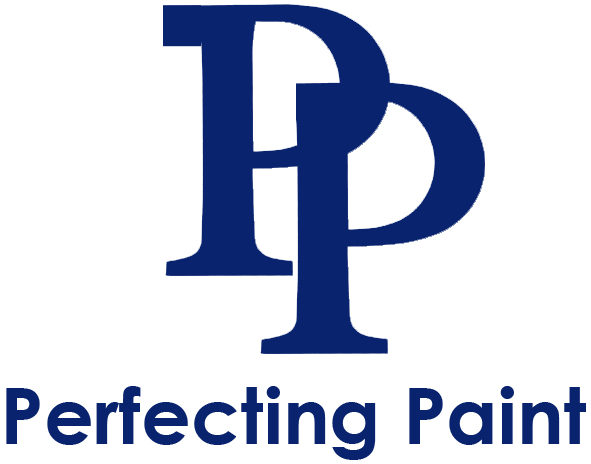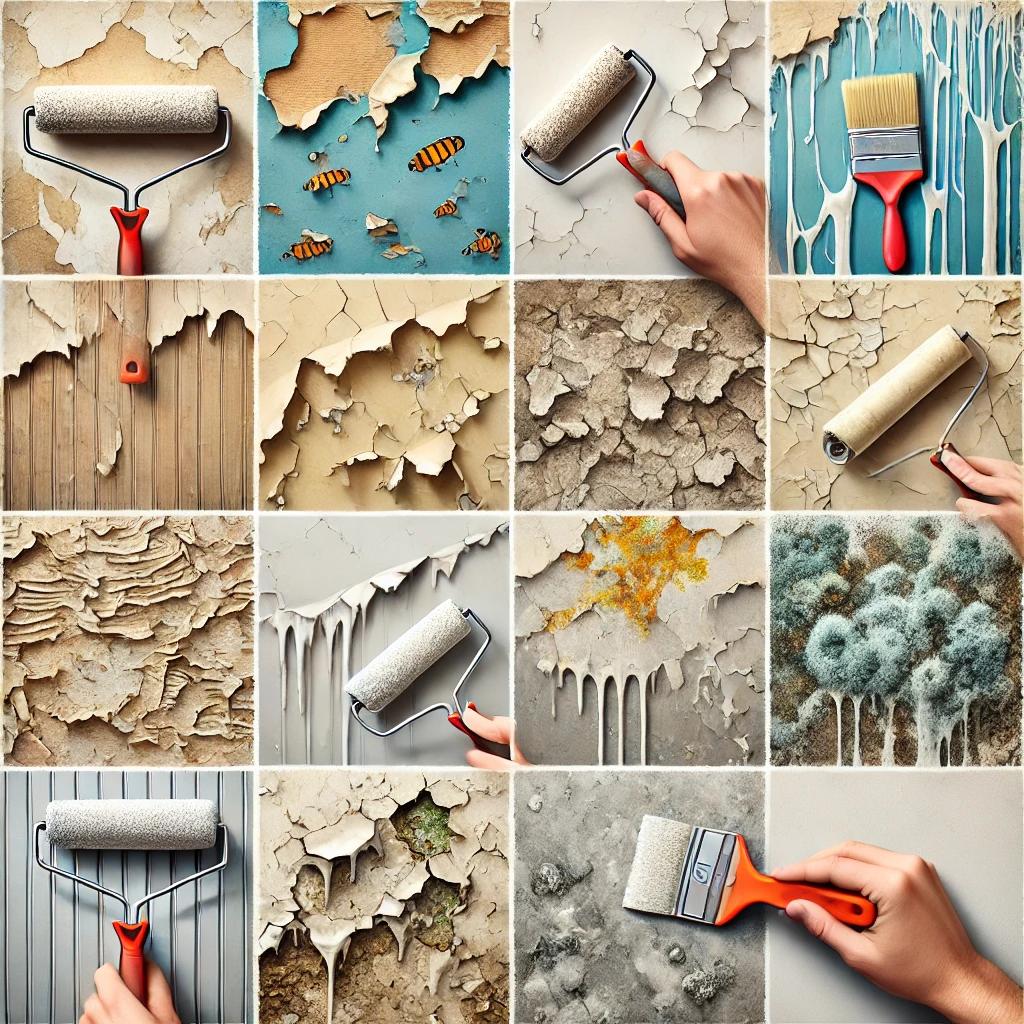Painting your home can give it a fresh, new look, but sometimes issues arise that affect the final finish. From peeling paint to streaky surfaces, common paint problems can be frustrating, but they’re also preventable and fixable. Here’s a guide to identifying and solving some of the most common paint problems.
1. Peeling Paint
Peeling paint is a common issue caused by poor adhesion, excessive moisture, or an improperly prepared surface.
Causes:
- Painting over a dirty or glossy surface without proper priming.
- High humidity or moisture exposure.
- Using low-quality paint or applying it too thickly.
How to Fix It:
- Scrape off the peeling paint with a putty knife.
- Sand the area smooth and clean off dust and debris.
- Apply a high-quality primer before repainting with durable, moisture-resistant paint.
Pro Tip: If moisture is causing peeling, identify the source (like a leaky roof or poor ventilation) and fix it before repainting.
2. Bubbling or Blistering Paint
Bubbles or blisters form when paint loses adhesion and lifts from the surface.
Causes:
- Painting in direct sunlight or on a hot surface.
- Moisture trapped between paint layers.
- Applying oil-based paint over a wet or improperly primed surface.
How to Fix It:
- Scrape off the bubbled paint and sand the area.
- Allow the surface to dry completely before applying primer.
- Use a breathable, high-quality paint that resists moisture buildup.
Pro Tip: Avoid painting in extreme heat or humidity to prevent bubbles from forming.
3. Streaky or Uneven Coverage
Streaks and uneven paint coverage can make a room look unprofessional.
Causes:
- Not using enough paint on the roller or brush.
- Applying paint too thinly or in uneven layers.
- Painting with low-quality tools.
How to Fix It:
- Apply another coat of paint using a high-quality roller or brush.
- Use even pressure and a consistent rolling technique.
- Allow proper drying time between coats to prevent streaks.
Pro Tip: Work in sections and maintain a wet edge to ensure smooth application.
4. Cracking or Flaking Paint
Cracks in paint can start small but eventually lead to widespread flaking if not addressed.
Causes:
- Applying paint too thickly.
- Using old, dried-out paint.
- Failing to prime the surface before painting.
How to Fix It:
- Scrape off cracked paint and sand the area smooth.
- Apply a primer to improve adhesion.
- Repaint using thin, even coats with high-quality paint.
Pro Tip: Avoid applying thick layers of paint in one go; multiple thin coats provide better durability.
5. Mildew or Mold Growth
Mold and mildew can develop in damp areas, leaving unsightly black or green stains on walls and ceilings.
Causes:
- Excessive moisture or poor ventilation.
- Painting over existing mold without treating it.
- Using non-mildew-resistant paint in high-humidity areas.
How to Fix It:
- Clean the area with a mixture of water and mild detergent or a mildew remover.
- Rinse and allow the surface to dry completely.
- Apply a mold-resistant primer and repaint with mildew-resistant paint.
Pro Tip: Improve ventilation in humid areas like bathrooms and basements to prevent future mold growth.
6. Paint That Won’t Dry
If your paint remains tacky or sticky long after application, it may not be drying properly.
Causes:
- Painting in high humidity or cold temperatures.
- Applying paint too thickly.
- Using oil-based paint without enough drying time.
How to Fix It:
- Increase ventilation in the room using fans or dehumidifiers.
- Allow more time for each coat to dry before applying another layer.
- Use a paint hardener if the problem persists.
Pro Tip: Always check the manufacturer’s recommended drying time before applying additional coats.
7. Chalking Paint
Chalking occurs when a powdery residue forms on the paint’s surface, often due to weather exposure.
Causes:
- Using low-quality, weather-sensitive paint.
- Exposure to extreme sunlight and rain.
- Aging paint breaking down over time.
How to Fix It:
- Wash the surface thoroughly with soap and water.
- Apply a quality primer to seal the surface.
- Repaint with high-quality, UV-resistant exterior paint.
Pro Tip: Chalking is common in exterior paint, so consider periodic washing to remove buildup before repainting.
Final Thoughts
Most common paint problems can be avoided with proper preparation and high-quality materials. Whether you’re dealing with peeling, bubbling, or streaky paint, these solutions will help you achieve a flawless finish.
Need professional help? Contact Perfecting Paint for expert painting services and long-lasting results.
Request a free estimate and enjoy a smooth, professional finish for your next painting project!

